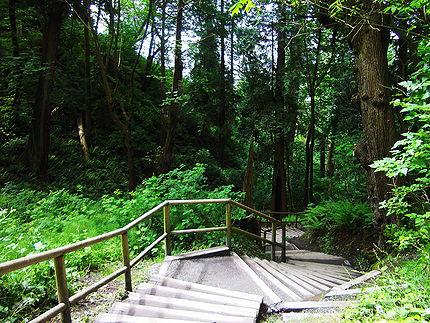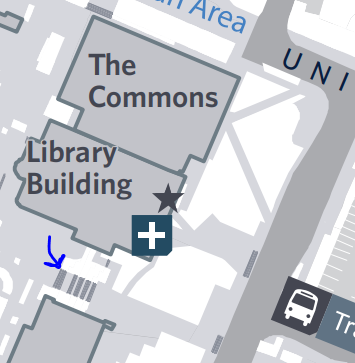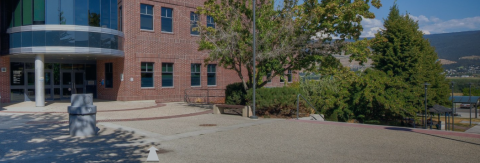The Pick Your Peak Stair Challenge is a fun way to encourage movement, social connection, and physical activity throughout the day. The stair climbing challenge is for all faculty, staff and post-docs, regardless of your fitness level or capabilities. All abilities are welcome to participate.
There will be prizes up for grabs, and meet-ups to participate in, and we’ll send out regular updates to help keep you and your team motivated during the challenge.
2024 Dates
The Challenge will run from May 6 – June 2, 2024.
Registration
Registration for 2024 is now closed.
How to take part in the challenge
Results
Popular stairs and hikes
- UBCV’s Top Stair Challenge Stairs & Hikes to Climb
- UBCO'S Top Stair Challenge Stairs & Hikes to Climb
Selfies
Submit a photo of how you and/or your teammates are taking part in the challenge to be entered in a prize draw!
Check out these Pick Your Peak Selfies from last year!
Have questions? Please contact Lauren Lee.
We encourage departments to run the challenge at a time that works for them. Learn more with our toolkit, linked below.
Download the Pick Your Peak toolkit.
FAQs
Did you know?
- Stair climbing requires 8-9 times more energy expenditure than sitting.
- It counts as ‘vigorous’ physical activity and burns more calories per minute than jogging.
- You burn roughly 1.5 calories for every 10 steps.
- For buildings with five floors or less, it’s nearly always quicker to take the stairs.
- Studies show office workers save up to 15 minutes a day by taking the stairs.
- Stair climbing cuts carbon emissions. You could save between 0.3 & 0.6Kg of CO2/day.
- It can lead to improved cardiovascular health and stronger joints and muscles.


